
As the demand for sustainable and energy-efficient solutions continues to rise, solar path lights have become a popular choice among homeowners and businesses alike. For lighting contractors, understanding the intricacies of solar path lights is essential to meet client needs and stay ahead in the competitive market. This article delves into the key aspects of solar path lights, from their benefits to installation tips, ensuring that contractors are well-equipped to offer the best solutions.
Solar path lights are outdoor lighting fixtures that harness solar energy to illuminate pathways, gardens, and other outdoor spaces. They typically consist of a solar panel, LED light source, rechargeable battery, and a light fixture. When choosing solar path lights, contractors must consider various factors that can affect performance and aesthetics. These factors include the amount of sunlight the location receives, the desired brightness level, and the overall design of the outdoor space, ensuring that the lights not only serve a functional purpose but also complement the landscape.
The fundamental principle behind solar path lights is relatively straightforward. During the day, the solar panel absorbs sunlight and converts it into electrical energy, which is stored in the rechargeable battery. As dusk falls, the light sensor detects the decrease in natural light and activates the LED lights, providing illumination throughout the night. This self-sustaining mechanism not only reduces energy costs but also minimizes the need for extensive wiring and electrical work. Additionally, many modern solar path lights come equipped with advanced features such as motion sensors and adjustable brightness settings, allowing for enhanced security and energy efficiency.
There are several types of solar path lights available, each with unique features and applications. Some popular varieties include:
In addition to these common types, there are also decorative solar path lights that can add a touch of artistry to outdoor spaces. These might feature intricate designs or colored glass, creating beautiful patterns of light that enhance the ambiance of a garden or patio. Furthermore, some solar path lights are designed with adjustable heads, allowing users to direct light where it is most needed, whether to highlight a specific feature in the landscape or to provide broader illumination for safety. The versatility in design and functionality makes solar path lights a popular choice for homeowners and landscapers alike, as they can be tailored to fit various styles and needs.
Solar path lights offer numerous advantages that make them appealing to both contractors and clients. Understanding these benefits can help contractors effectively communicate their value to potential customers.
One of the most significant benefits of solar path lights is their energy efficiency. By utilizing solar power, these lights eliminate the need for electricity, resulting in lower energy bills and a reduced carbon footprint. This aspect is particularly attractive to environmentally conscious clients. Furthermore, the use of renewable energy sources aligns with global efforts to combat climate change, making solar path lights not just a practical choice but also a socially responsible one. As technology advances, many solar lights now come equipped with energy-efficient LED bulbs, which further enhance their longevity and brightness while consuming even less power.
Solar path lights require minimal maintenance compared to traditional lighting options. With no wiring to check or bulbs to replace frequently, contractors can assure clients of a hassle-free lighting solution. Regular cleaning of the solar panels and occasional battery replacement are typically all that’s needed to keep these lights functioning optimally. Additionally, many modern solar lights are designed to withstand various weather conditions, including rain, snow, and extreme temperatures, which means clients can enjoy reliable illumination year-round without the worry of frequent repairs or replacements. This durability further solidifies the appeal of solar path lights in both residential and commercial settings.
Solar path lights come in a variety of designs, styles, and finishes, allowing contractors to cater to diverse aesthetic preferences. Whether a client prefers modern, sleek designs or classic, ornate fixtures, there are solar options available to match any outdoor decor. This versatility can enhance the overall appeal of a property. Moreover, the ability to choose from various heights, colors, and light intensities allows clients to create the perfect ambiance for their outdoor spaces. For instance, softer lighting can create a warm and inviting atmosphere for garden parties, while brighter options can enhance security along pathways and driveways. This customization not only meets functional needs but also contributes to the overall aesthetic harmony of the landscape, making solar path lights a truly versatile choice for outdoor illumination.
While solar path lights are relatively easy to install, there are several considerations that contractors should keep in mind to ensure optimal performance and client satisfaction.
Choosing the right location for solar path lights is crucial. Ideally, these lights should be placed in areas that receive direct sunlight for a significant portion of the day. Contractors should assess the landscape and consider potential obstructions, such as trees or buildings, that may cast shadows on the solar panels. Additionally, it’s beneficial to evaluate the seasonal changes in sunlight exposure, as the angle of the sun shifts throughout the year. This can impact the efficiency of the solar lights, especially in winter months when days are shorter and shadows may be longer. By conducting a thorough assessment, contractors can recommend optimal placements that maximize solar gain and ensure that the lights perform effectively year-round.
For effective illumination, contractors should pay attention to the spacing and height of the solar path lights. A general rule of thumb is to space the lights about 6 to 8 feet apart, depending on the brightness of the LEDs. Additionally, the height of the lights should be consistent to create a uniform look and ensure adequate lighting along the path. It’s also important to consider the surrounding environment; for instance, in areas with dense foliage or decorative landscaping, slightly increasing the height of the lights may help to cast light more effectively over the plants and pathways. Furthermore, contractors should take into account the aesthetic appeal of the installation, as the arrangement of lights can enhance the overall design of the outdoor space, creating a welcoming atmosphere for evening gatherings or strolls.
Contractors should also educate clients about the importance of battery quality and maintenance. The performance of solar path lights can vary based on the type of battery used, with lithium-ion batteries often providing better longevity and efficiency. Ensuring that clients understand the need for occasional battery replacements will help maintain the lights’ performance over time. Moreover, it is beneficial to discuss the impact of environmental factors on battery life, such as temperature fluctuations and humidity levels, which can affect charging cycles. Clients should be informed about the signs of battery degradation, such as dimming lights or inconsistent performance, so they can proactively address issues before they become significant problems. By fostering this understanding, contractors can help clients appreciate the value of their investment and encourage proper care for their solar path lighting systems.
Despite their advantages, solar path lights can present certain challenges. Being aware of these issues allows contractors to proactively address client concerns and provide effective solutions.
One common issue with solar path lights is inconsistent performance, especially in areas with limited sunlight. Contractors can recommend installing lights with larger solar panels or higher-capacity batteries to enhance performance. Additionally, suggesting a combination of solar and traditional lighting for shaded areas can provide a reliable solution.
Solar path lights must be durable enough to withstand various weather conditions. Contractors should advise clients to select lights with weather-resistant materials and features, such as waterproof ratings and UV protection. This will ensure the longevity of the fixtures and maintain their aesthetic appeal.
In regions with significant seasonal variations, the performance of solar path lights may fluctuate. During winter months, shorter days can lead to reduced charging time. Contractors can suggest using lights with adjustable brightness settings or recommending clients to install additional lights to compensate for decreased illumination during these times.
Ultimately, the success of a lighting contractor hinges on client satisfaction. By understanding the intricacies of solar path lights, contractors can provide tailored solutions that meet specific needs and preferences.
Educating clients about the benefits and limitations of solar path lights is essential. Providing clear information about installation, maintenance, and expected performance can help set realistic expectations. Open communication fosters trust and encourages clients to make informed decisions.
Offering customization options can significantly enhance client satisfaction. Whether it’s selecting the style, color, or brightness of the lights, allowing clients to personalize their solar path lighting can create a sense of ownership and pride in their outdoor spaces.
After the installation, following up with clients can demonstrate a commitment to their satisfaction. Offering ongoing support and maintenance services can also build long-term relationships, leading to repeat business and referrals.
Solar path lights represent a growing segment of the outdoor lighting market, offering energy-efficient and aesthetically pleasing solutions. For lighting contractors, understanding the technical aspects, benefits, and challenges of these fixtures is crucial for success. By providing valuable insights and exceptional service, contractors can position themselves as trusted experts in solar lighting solutions, ultimately enhancing client satisfaction and driving business growth.
Ready to elevate your lighting solutions with the efficiency and elegance of solar path lights? At LumenWholesale, we provide lighting contractors with an exceptional range of high-quality, spec-grade lighting products at the most competitive wholesale prices. Our commitment to quality and affordability ensures that you can deliver outstanding results to your clients without the burden of inflated costs. With free shipping on bulk orders, you can stock up on the best lighting options without any hidden fees. Discover the ideal combination of performance, price, and convenience at LumenWholesale – your partner for Wholesale Lighting at the Best Value.
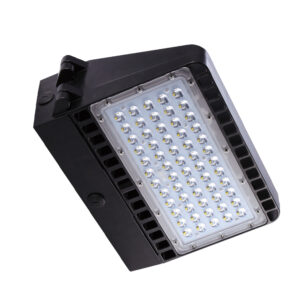
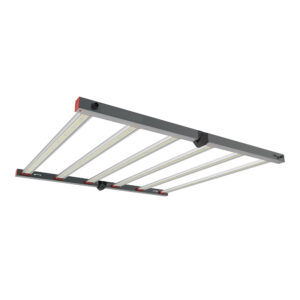
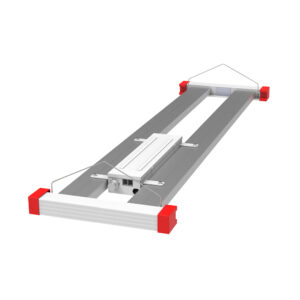
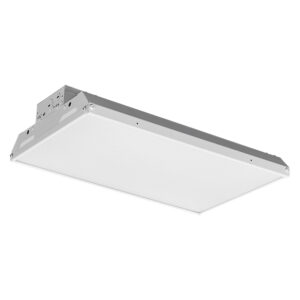
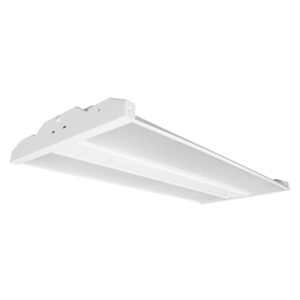
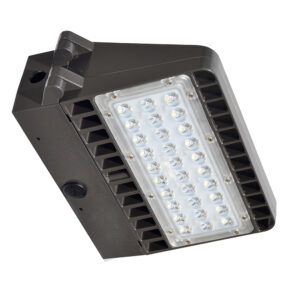

Discover why purchasing sensors and timers in bulk from local distributors might not be the best choice.

Discover why purchasing switches and receptacles in bulk from local distributors might not be the best choice.

Discover the benefits and applications of 400 Watt LED High Bay Lights tailored for lighting contractors.
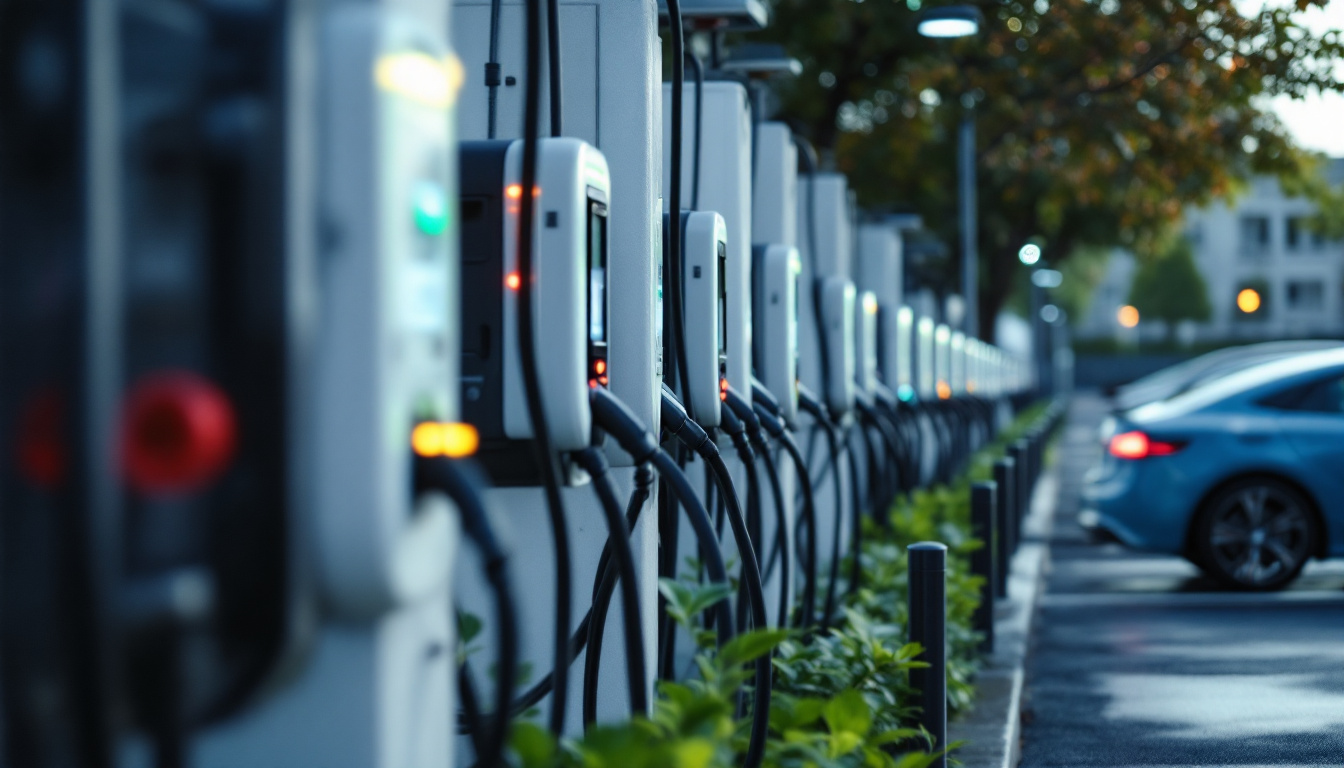
Discover the pitfalls of purchasing electric vehicle chargers in bulk from local distributors.
Get notified when NEW deals are released.
Optimize your budget with wholesale discounts.
Only top-quality, specification-grade lighting products.
No additional costs at checkout - what you see is what you pay.
We understand the unique needs of contractors.